Small but Mighty
Middle Grade novels seem to be getting bigger. I don’t mean getting bigger as in popularity. I mean bigger and longer in length. The average middle grade novel is supposed to be between 19,000-105,000 words. That means a 100,000 word manuscript becomes a 400 page novel! For children 8-12 years old. Okay, so it’s not just me. The books are getting bigger and longer.
Size shouldn’t matter in selecting a book to read. It’s supposed to be about the quality of writing, is it not? Yet when we peruse the bookstore or the library or even our own children’s bookshelves, the novels that seem to get the most attention are the biggest ones. Maybe it’s because their thick spines are easy to see. Easy to grab. The weight of them feels good and substantial in our hands. A student sees a classmate with a super thick book and makes a judgment about what kind of reader he or she is. Maybe subconsciously we think bigger is better.
If you and I and everyone out there is willing to take a second look on those same shelves, we might discover a few “gems” that we had previously overlooked. The books I’m referring to are small in size but mighty in content. With slim book spines and not a lot of pages, these novels sometimes get passed over because we literally did not see them. Or maybe our children aren’t bringing those slim books home because someone has told them that “thin” equaled simple.
Instead of judging a book by its length (short = too easy, long = more difficult), I’d like for you to think about quality. The goal is for our children to read the best quality books, regardless of the total page number. Just like the wide range of emotional and physical developments of the middle grade audience, these selected books have a wide range of themes, one of them quite mature. One novel was published as recently as this year. Three of them were inspired by true stories. One is a collection of even shorter stories.
We need middle grader readers to test their critical thinking skills. We want them to consider different viewpoints and lifestyles and expand their knowledge of cultures far from their own. People will have opposing opinions and that makes for great conversation. Yes, each book can be read in a few short hours. But obviously that’s not the point.
I’m happy to offer discussion questions for each of these books, but I’m pretty sure you’ll find that your readers already know how to begin the dialogue.
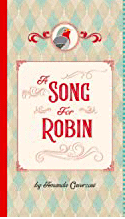
A SONG FOR ROBIN by Amanda Caverzasi
Historical fiction, a girl who witnesses racism and then questions her beliefs
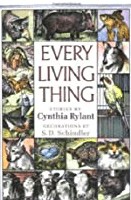
EVERY LITTLE THING by Cynthia Rylant
12 very short stories, not meant for rushing, several have to do with animals
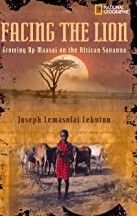
FACING THE LION: Growing up Maasai in the African Savanna by Joseph Lemasolai Lekuton
Memoir of Maasai child in Kenya, Africa
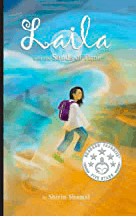
LAILA AND THE SANDS OF TIME by Shirin Shamsi
Time travel to 7th Century Arabia helps modern day girl move through her grief
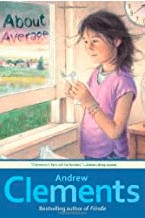
ABOUT AVERAGE by Andrew Clements
Accepting one’s self when everyone around you seems to be pretty perfect
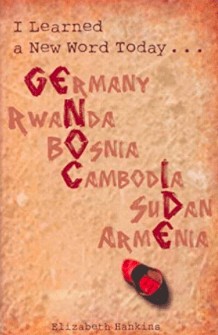
I LEARNED A NEW WORD TODAY…GENOCIDE by Elizabeth Hankins
5th grader learns about atrocities around the world and what he can do to help
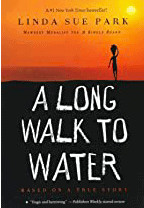
A LONG WALK TO WATER by Linda Sue Park
The lives of 2 kids in separate stories in war-torn Sudan, Africa
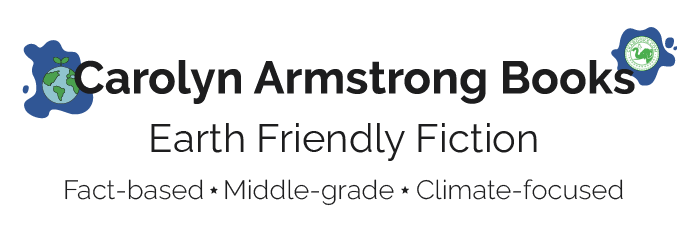
It is hard enough to get kids to read today! To keep their attention for 200 plus pages you need to measure the value in every extra page….a 300 page MG novel is long and makes a book less of a solid MG choice I would believe, unless you are JK Rowling.